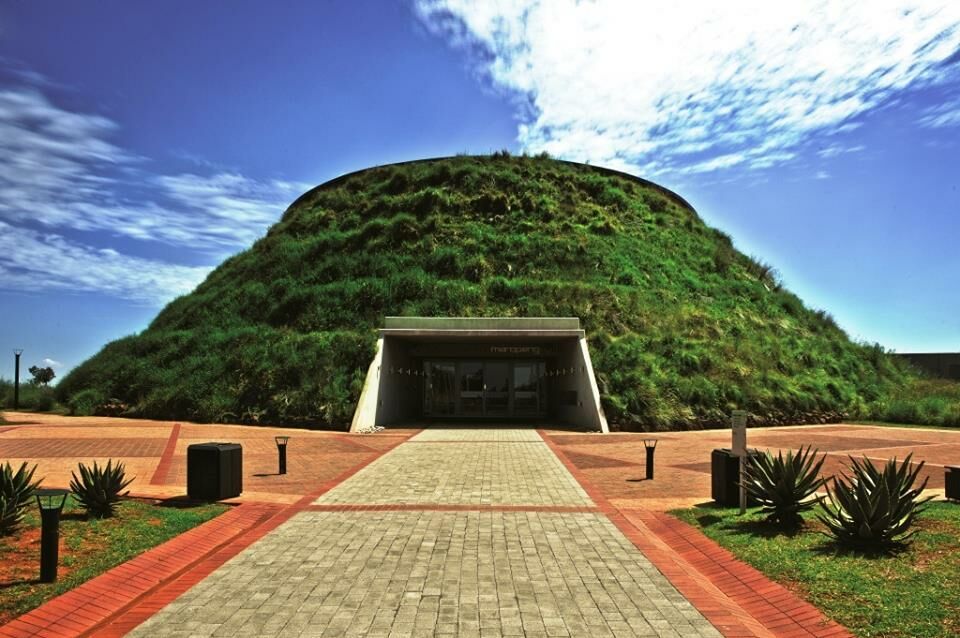How Johannesburg North Attractions can Save You Time, Stress, and Money.
Wiki Article
Getting The Johannesburg North Attractions To Work
Table of ContentsWhat Does Johannesburg North Attractions Mean?An Unbiased View of Johannesburg North AttractionsThe 8-Minute Rule for Johannesburg North AttractionsThe 9-Minute Rule for Johannesburg North AttractionsThe Single Strategy To Use For Johannesburg North AttractionsSome Of Johannesburg North Attractions
The city owes its location to the visibility of a much more precious resource: gold. The city grew on the edge of the Witwatersrand Key Reef, a subterranean stratum of gold-bearing quartz-silica conglomerate that arcs for numerous miles beneath the Highveld. The majority of the gold mines in the city ceased procedure in the 1970s, yet in its day the Witwatersrand gold industry represented even more than 40 percent of the world's annual gold manufacturing.Johannesburg has a temperate climate. Summer temperature levels average about 75 F (24 C); winter season temperature levels average concerning 55 F (13 C) and only periodically dip listed below freezing. The city appreciates about eight hours of sunshine per day in both winter season and summer. Rainfall standards concerning 28 inches (700 millimetres) per year, but the complete varies significantly from year to year.
What rain the city gets falls virtually exclusively in the summertime months, typically in stunning late-afternoon electrical storms. Air contamination postures a substantial problem, specifically in the winter season, when thermal inversions restrain the westward circulation of air from the Indian Ocean. Pollution is most serious in the densely worked out Black territories on the city's perimeter, where lots of citizens still depend on coal for gas.

Johannesburg North Attractions Fundamentals Explained
The balance of the city is occupied by whites. Lodging differs in personality and top quality.Physical development, although somewhat restricted by transport, proceeded rapidly as migration to South Africa, and Johannesburg specifically, raised dramatically. This issue was resolved in the 1930s when the vehicle was introduced in automation to South Africa. Vehicles were, essentially, restricted to the well-off, and allowed them to relocate to the north of the city and commute into the centre.
A lot of inadequate suburban areas were combined, with bad blacks and whites living together, although the rich suburbs were generally reserved for whites.
The number of people living in the internal city on a casual basis is unknown, as many are illegal immigrants. The unemployment, education, and age profiles of the area are all unidentified, due to the problem of obtaining trustworthy information regarding the area.
8 Easy Facts About Johannesburg North Attractions Described
Centred on the CBD, the region consists of the suburban areas of Yeoville, Bellevue, Troyeville, Jeppestown, and Berea to the eastern. To the west it spreads out to Pageview (Johannesburg North attractions) and Fordsburg. There are little industrial parks to the south, such as City West-Denver and Benrose. Around 800,000 travelers travel through the internal city every day, and it operates as a regional purchasing node for visitors from the southern residential areas. Yeoville and Bellevue have a mix of apartment buildings and single residential units on small whole lots. The area is situated on a mountainous divide that runs from east to west.
Unknown Facts About Johannesburg North Attractions
The eastern residential areas are some of the oldest areas of Johannesburg, there are huge areas of Jewish and various other European backgrounds, the majority of the populace Check Out Your URL is English talking. There are 3 golf courses as well as a number of secured ridges with viewsites.Originally developed to house male migrant workers, lots of have been improved as homes for couples and families. The suburb was not historically allowed to produce employment centres within the area, so practically all of its citizens are travelers view publisher site to other parts of the city.
The Best Guide To Johannesburg North Attractions
The N1 Western Bypass attaches the northern residential areas with the north-western suburbs. The residential locations in the northern suburban areas are generally formal, without any considerable areas of informal housing, or housing that lacks an irreversible framework. This is an established location, there is a pattern of land use change from household to commercial, particularly along major arterial roads and around recognized nodes.The area is well connected to roadway networks, look at here now especially along the north-south axis created by the M1 and N1. Roads to the east and west are less well developed, as there are no highways taking a trip because direction. In the direction of the north border of the city, the density of advancement lowers, leaving large locations of untaught land around Midrand.
Johannesburg North Attractions Things To Know Before You Get This
The first suburb to the north of the internal city is Parktown, which is located on a hill neglecting the internal city and Hillbrow. It has lots of wealthy citizens and Edwardian-style manors, along with the Education and Medical universities of the College of the Witwatersrand. The big concrete Charlotte Maxeke Johannesburg Academic Medical Facility controls the horizon of Parktown.Report this wiki page